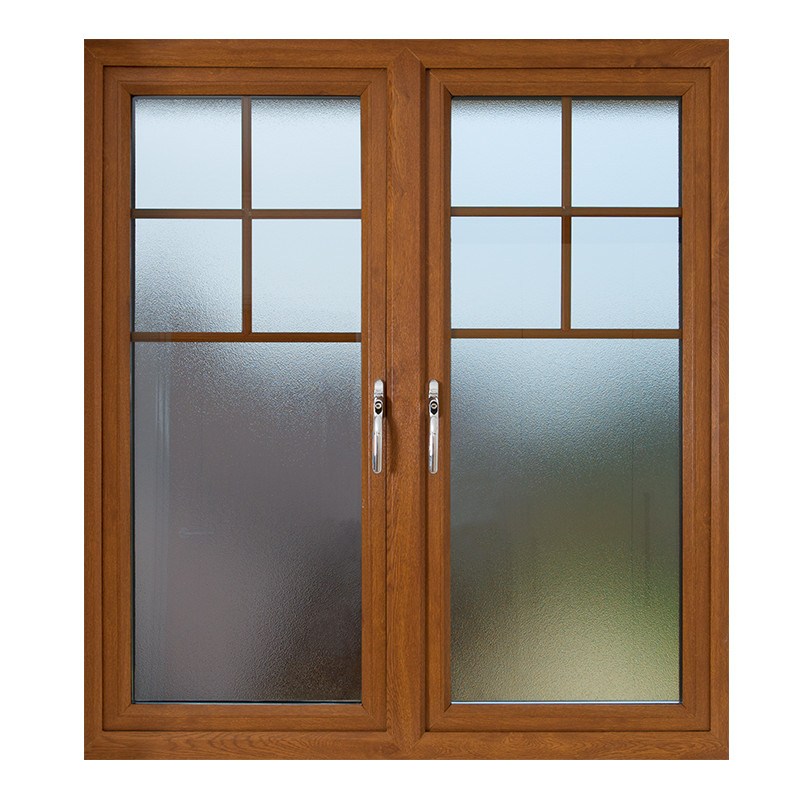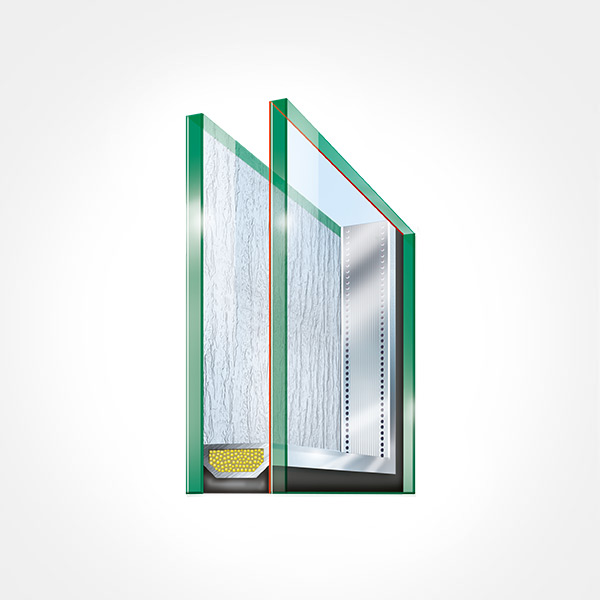Frosted glass is a type of textured glass with an etched finish used to create privacy while still allowing in natural light. It is frequently employed in bathroom windows and shower doors where the frosting can be applied across the entire surface, or patterned leaving some areas transparent. Like any other glass, it can come in a variety of shapes and sizes whether rectangular, square, round or oval.
How Frosted Glass is Made
Real frosted glass can be produced in several different ways. These differ from glass window film and spray-on options which are temporary and less durable. There are two main manufacturing methods used today. Acid-etched frosted glass is created by using an abrasive substance, i.e. acid, to alter the surface and create its signature soft, and opaque look. This is applied to just one side of the pane. The second method is sandblasting. In this method of frosting, the pane is bombarded with tiny particles of sand or walnut husks by a high-speed machine. As the particles impact the surface, they create small indentations and distortions which result in its white, frosted look. This can be adjusted based on whether total opacity or just translucence is desired.
Combining Safety Glass with Frosted Glass
Many of the same areas that benefit from the added privacy of frosted glass are also the same ones where safety glass should be employed. Bathrooms and showers areas are musts as the chance of someone slipping is higher than elsewhere and broken glass would be particularly dangerous there.
Single pane safety glass (toughened glass) and laminated safety are both able to be combined with frosted designs. Laminated safety glass guarantees the best protection, as it consists of more multiple sheets with a foil material applied. Both toughened and laminated glass resist breaking far better than standard panes and when broken, shatter into small, blunt pieces instead of jagged edges. This makes it ideal for shower doors and separating walls.



